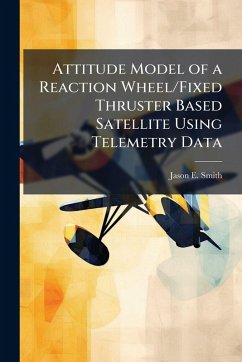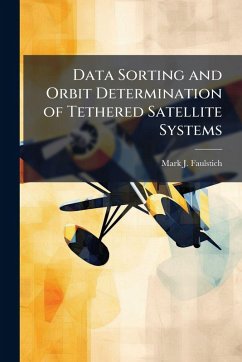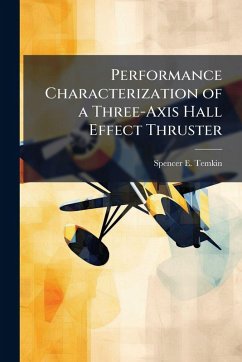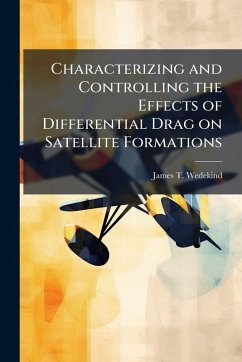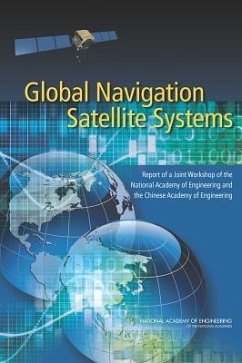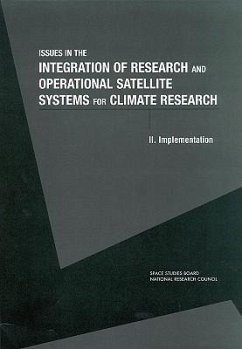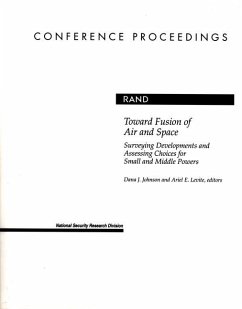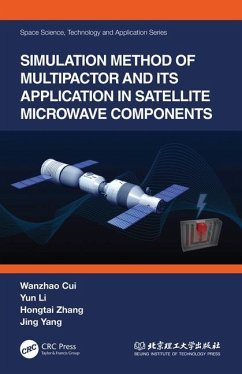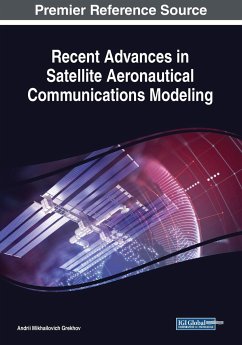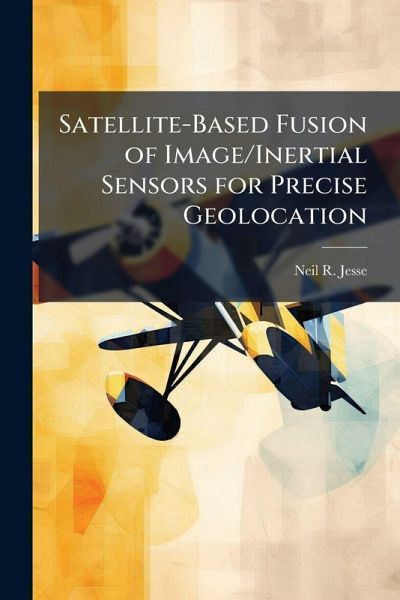
Satellite-Based Fusion of Image/Inertial Sensors for Precise Geolocation
Versandkostenfrei!
Versandfertig in über 4 Wochen
17,99 €
inkl. MwSt.
Weitere Ausgaben:

PAYBACK Punkte
9 °P sammeln!
The ability to produce high-resolution images of the Earth's surface from space has flourished in recent years with the continuous development and improvement of satellite-based imaging sensors. Earth-imaging satellites often rely on complex onboard navigation systems, with dependence on Global Positioning System (GPS) tracking and/or continuous post-capture georegistration, to accurately geolocate ground targets of interest to either commercial and military customers. Consequently, these satellite systems are often massive, expensive, and susceptible to poor or unavailable target tracking cap...
The ability to produce high-resolution images of the Earth's surface from space has flourished in recent years with the continuous development and improvement of satellite-based imaging sensors. Earth-imaging satellites often rely on complex onboard navigation systems, with dependence on Global Positioning System (GPS) tracking and/or continuous post-capture georegistration, to accurately geolocate ground targets of interest to either commercial and military customers. Consequently, these satellite systems are often massive, expensive, and susceptible to poor or unavailable target tracking capabilities in GPS-denied environments. Previous research has demonstrated that a tightlycoupled image-aided inertial navigation system (INS), using existing onboard imaging sensors, can provide significant target tracking improvement over that of conventional navigation and tracking systems. Satellite-based image-aided navigation is explored as a means of autonomously tracking stationary ground targets by implementing feature detection and recognition algorithms to accurately predict a ground target's pixel location within subsequent satellite images. The development of a robust satellite-based image-aided INS model offers a convenient, low-cost, low-weight and highly accurate solution to the geolocation precision problem, without the need of human interaction or GPS dependency, while simultaneously providing redundant and sustainable satellite navigation capabilities. This work has been selected by scholars as being culturally important, and is part of the knowledge base of civilization as we know it. This work was reproduced from the original artifact, and remains as true to the original work as possible. Therefore, you will see the original copyright references, library stamps (as most of these works have been housed in our most important libraries around the world), and other notations in the work. This work is in the public domain in the United States of America, and possibly other nations. Within the United States, you may freely copy and distribute this work, as no entity (individual or corporate) has a copyright on the body of the work. As a reproduction of a historical artifact, this work may contain missing or blurred pages, poor pictures, errant marks, etc. Scholars believe, and we concur, that this work is important enough to be preserved, reproduced, and made generally available to the public. We appreciate your support of the preservation process, and thank you for being an important part of keeping this knowledge alive and relevant.



